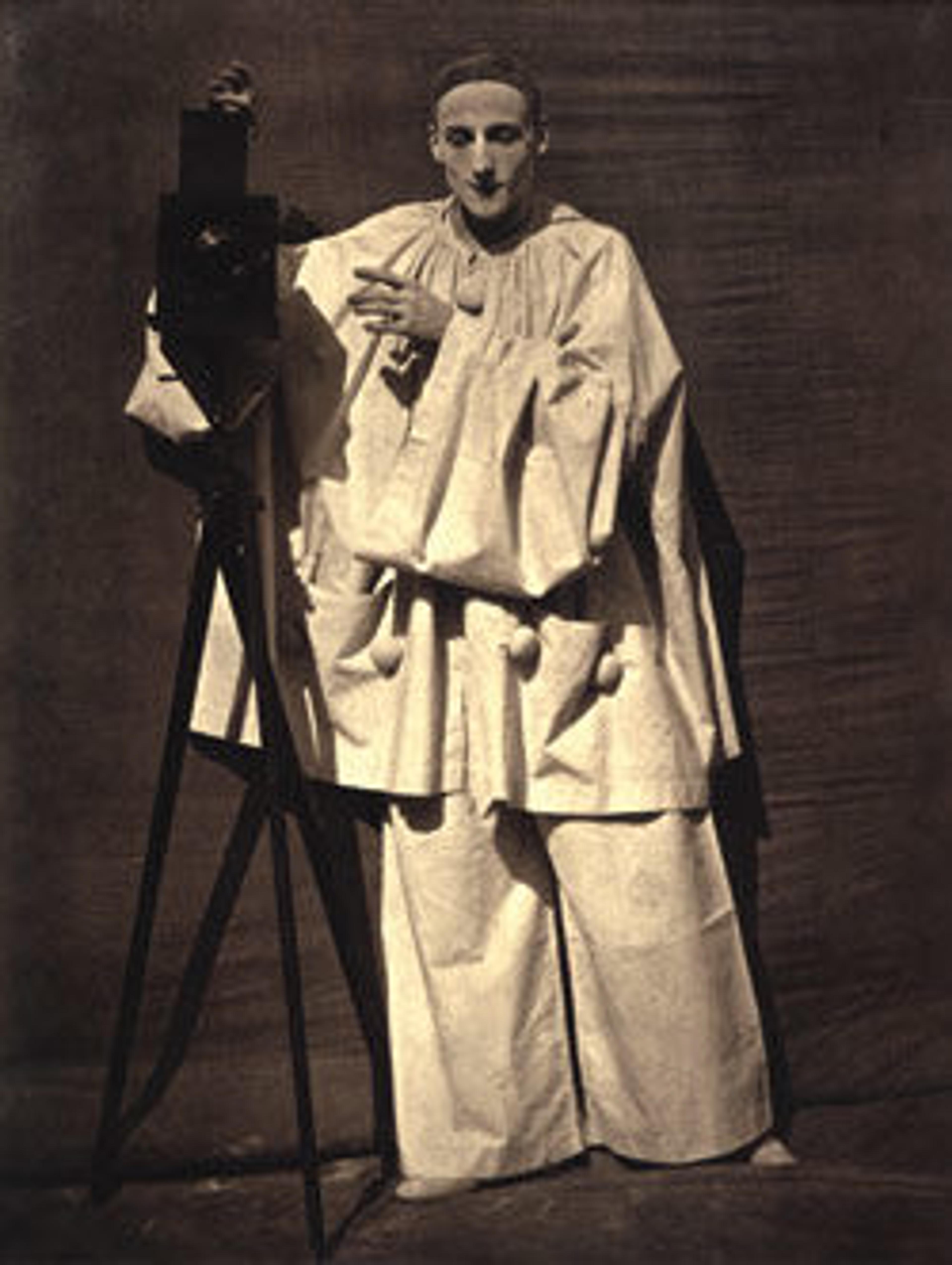Gioacchino Rossini
Italian composer and prolific master of lighthearted opera buffa, Gioacchino Antonio Rossini (1792-1868) became the director of the Théâtre-Italien in Paris in 1824. After completing William Tell in 1829, he ceased writing and returned to Italy, where his nerves and health deteriorated. On moving back to Paris in 1855, the famous gourmand recovered his spirits and became a beloved fixture of Parisian society.
"I come from Rossini's," Léon Escudier wrote Nadar on March 5, 1856. "He will be free tomorrow from one-thirty to two. Do your utmost to make certain that we shall be alone. I have assured him that you will make a portrait worthy of him. Accordingly, prepare everything so that he won't have to wait." Nadar exposed two plates. On one he caught only a vacancy, the trace of years of lethargy, but on the other, identical in pose, it is as if a cloud had lifted, revealing the puckish wit that had survived.
"I come from Rossini's," Léon Escudier wrote Nadar on March 5, 1856. "He will be free tomorrow from one-thirty to two. Do your utmost to make certain that we shall be alone. I have assured him that you will make a portrait worthy of him. Accordingly, prepare everything so that he won't have to wait." Nadar exposed two plates. On one he caught only a vacancy, the trace of years of lethargy, but on the other, identical in pose, it is as if a cloud had lifted, revealing the puckish wit that had survived.
Artwork Details
- Title:Gioacchino Rossini
- Artist:Nadar (French, Paris 1820–1910 Paris)
- Date:March 1856
- Medium:Salted paper print from glass negative
- Dimensions:Image: 24.6 x 18.3 cm (9 11/16 x 7 3/16 in.)
- Classification:Photographs
- Credit Line:Purchase, Marie-Thérèse and André Jammes and Annalee Newman Gifts, The Horace W. Goldsmith Foundation Gift through Joyce and Robert Menschel, and Nancy and Edwin Marks Gift, 1993
- Object Number:1993.233
- Curatorial Department: Photographs
More Artwork
Research Resources
The Met provides unparalleled resources for research and welcomes an international community of students and scholars. The Met's Open Access API is where creators and researchers can connect to the The Met collection. Open Access data and public domain images are available for unrestricted commercial and noncommercial use without permission or fee.
To request images under copyright and other restrictions, please use this Image Request form.
Feedback
We continue to research and examine historical and cultural context for objects in The Met collection. If you have comments or questions about this object record, please contact us using the form below. The Museum looks forward to receiving your comments.
